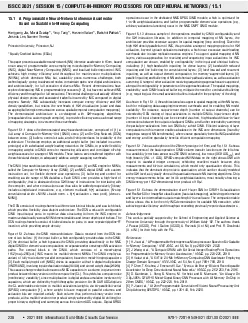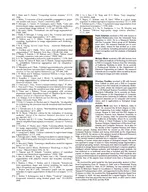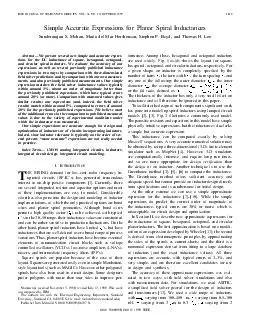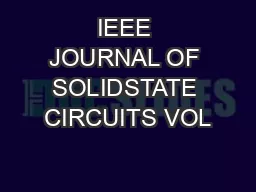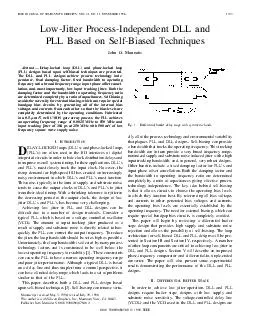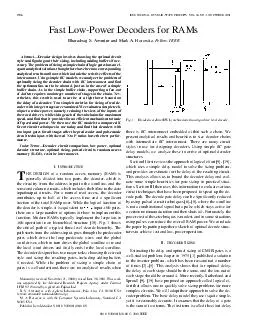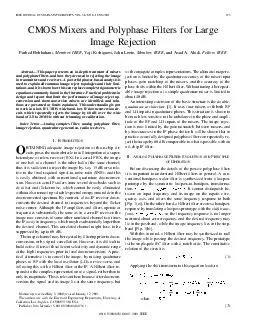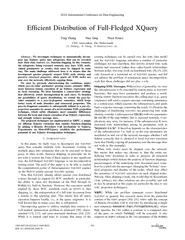PDF-236 2021 IEEE International SolidState Circuits Conference
Author : thomas | Published Date : 2021-09-09
151 A Programmable NeuralNetwork Inference Accelerator Hongyang Jia Murat Ozatay Yinqi Tang Hossein Valavi Rakshit Pathak This paper presents a scalable neuralnetwork
Presentation Embed Code
Download Presentation
Download Presentation The PPT/PDF document "236 2021 IEEE International SolidStat..." is the property of its rightful owner. Permission is granted to download and print the materials on this website for personal, non-commercial use only, and to display it on your personal computer provided you do not modify the materials and that you retain all copyright notices contained in the materials. By downloading content from our website, you accept the terms of this agreement.
236 2021 IEEE International SolidState Circuits Conference: Transcript
Download Rules Of Document
"236 2021 IEEE International SolidState Circuits Conference"The content belongs to its owner. You may download and print it for personal use, without modification, and keep all copyright notices. By downloading, you agree to these terms.
Related Documents

